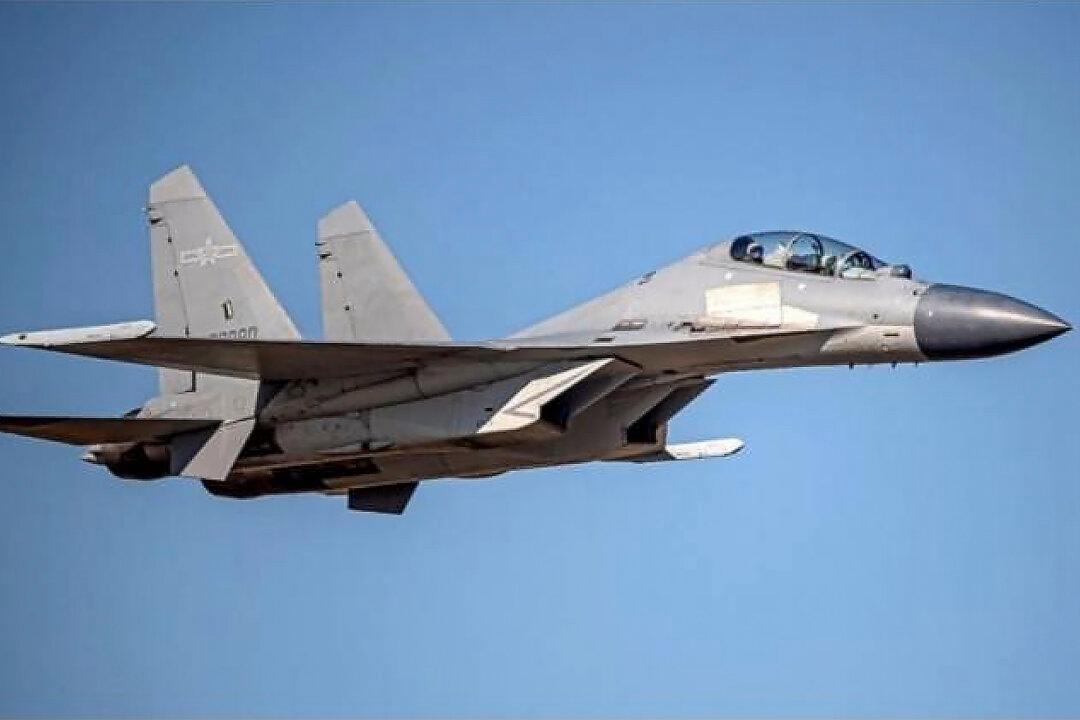Australian Defence Minister Richard Marles on June 5 raised concerns about a “dangerous” incident in which a Chinese aircraft intercepted a Royal Australian Air Force routine flight over waters that China is disputing in the South China Sea.
Marles, who is also deputy prime minister, said on June 5 that on May 26, the J-16 Chinese military jet released flares as it flew close to the side of the Australian P-8 aircraft while the P-8 was on its regular maritime surveillance flight in international airspace. The Chinese jet then accelerated and cut across the nose of the Australian plane, before releasing a “bundle of chaff” containing small aluminium pieces, some of which were “ingested” into the P-8’s engine.




